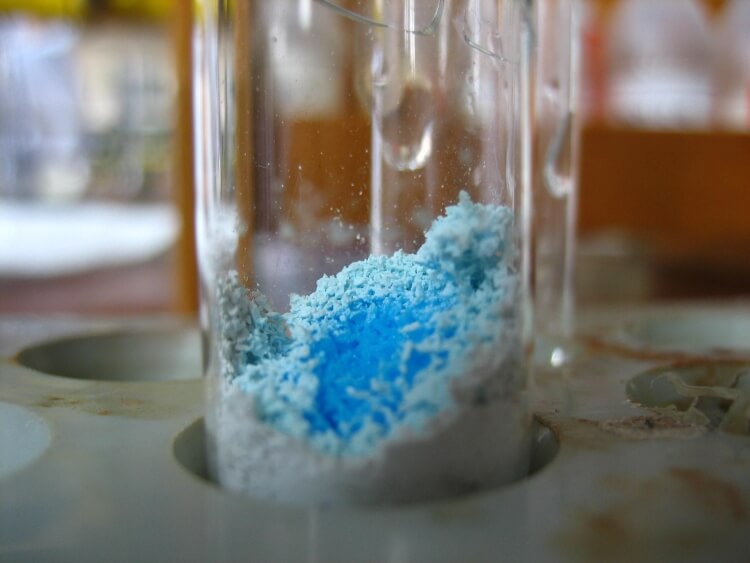IgG
ELISA kit for ovalbumin specific IgG,OVA sIgG
ELISA kit for ovalbumin specific IgG,OVA sIgG
Guinea pig
ovalbumin specific IgG,OVA sIgG
Guinea pig ovalbumin specific IgG,OVA sIgG ELISA Kit
ELISA Enzyme-linked immunosorbent assays Code 90320007 SNOMED
The product is intended to be used for research purposes only and it is not tested for appliaction in diagnostics.
E05 478 566 350 170 or Enzyme-Linked Immunosorbent Assays,E05 478 566 350 170 or Enzyme-Linked Immunosorbent Assays
After delivery, the specialists from Gentaur/Genprice recommend you to store the product Guinea pig ovalbumin specific IgG,OVA sIgG ELISA Kit between two and eight degrees Celsius to keep the quality and activity of the reagents included in the kit.
Immunoglobulin gamma, IgG, mouse monoclonal H&L chain clones or rabbit, goat polyclonal antibodies have 4 parts. There are 2 heavy chains, 2 light chains. The IgG antibody has 2 antigen binding sites. They represent 70% or more of serum antibodies. This antibody can be antigen purified or protein A or G purified. For storage sodium azide is added or you can call us to request azide free antibody preparations. These will need colder storage temperatures.
Ovalbumin (abbreviated OVA) is the main protein found in egg white, making up 60-65% of the total protein. Ovalbumin displays sequence and three-dimensional homology to the serpin superfamily, but unlike most serpins it is not a serine protease inhibitor. The function of ovalbumin is unknown, although it is presumed to be a storage protein. OVA is also the best characterized and the first antigen proteins used as a transgene to make transgenic mice. Many different transgenic mouse models have systemic OVA expression driven by the ubiquitously expressed b-actin promoter or tissue-specific OVA expression with insulin promoter to drive the transgene expression, for studying type I diabetes, or in different isoforms, secreted or cell-membrane associated, and more recently as inducible transgene models. These C57BL/6 mice, BALB/c mice models are well characterized, and have contributed to our understanding of immunogenicity and tolerance by the OVA model.
